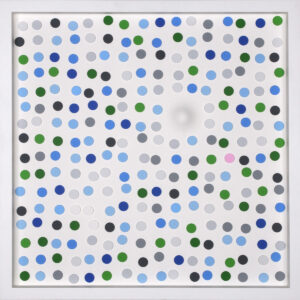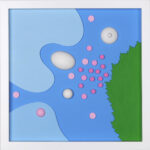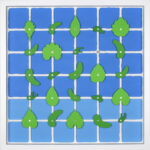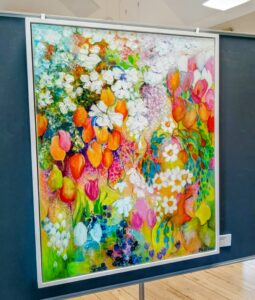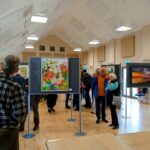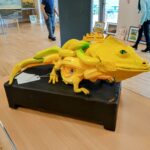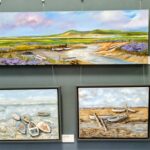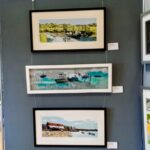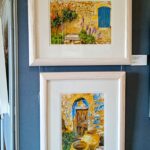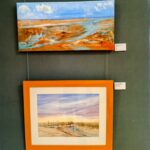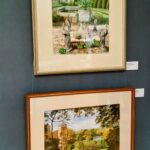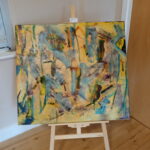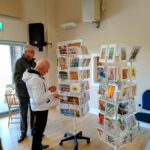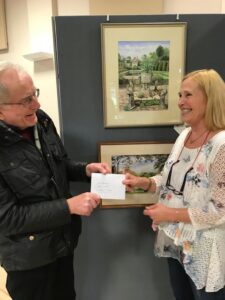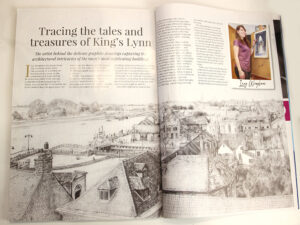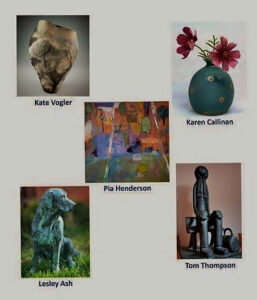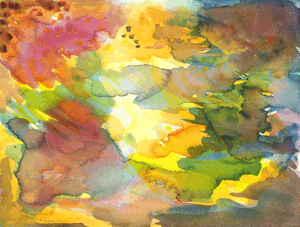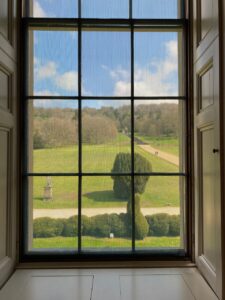
Chatsworth looking out
A recent visit, with friends, to Chatsworth House in Derbyshire allowed me to reflect on the practice of exhibiting contemporary art amongst the paraphernalia of days gone by.
(We are all familiar with the annual exhibitions at Houghton Hall.)
The current exhibition at Chatsworth, Mirror Mirror, Reflections on Design, co-curated with writer, historian and curator, Glenn Adamson has the stated aim – “to place original works in direct relationship to the historic design at Chatsworth, creating unexpected connections with the house’s architecture, interiors, furniture, ceramics, as well as its essential materials of glass, stone, wood, and light”.
We wandered around the house and grounds coming across the pieces, some, in our view, placed more successfully than others. What is it that makes some pieces “work” in a setting? Were the creators artists or designers?
What to make of Italian design studio Formafantasma’s ‘Charcoal series’ a cabinet of glass vessels and pieces of charcoal, seeking to compare and contrast charcoal connections to destruction and purification? Most visitors hardly glanced at it.
-
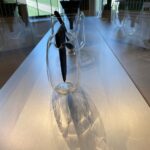
-
Charcoal by Formafantasma
-
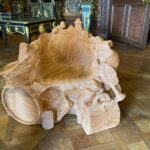
-
Chair by Jae Sae Jung Oh
-
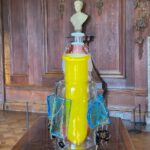
-
Etorre Sotsass Glass
In contrast Jay Sae Jung Oh’s seat assembled from musical instruments wrapped in leather cord stopped people in their tracks, In the music room, it prompted observers to try to identify the instruments, while acknowledging how well it had found its place in the room. The ornate outcroppings, reflected in the carving and decoration of the other much older furniture, the natural material sitting comfortably on the wood floor.
-
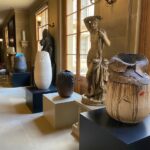
-
Pots by Andile Dyalvane
-
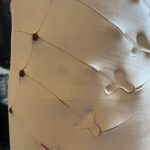
-
Detail Pot Andile Dyalvane
-

-
Enignum VIII Bed, by Joseph Walsh
The enigmatic coil pots, ceramic stoneware of Andile Dyalvane lured us along the Chapel corridor where they were displayed amongst stone and marble statues commissioned long ago. Somehow he seamlessly combines elements from his South African tribal homeland with influences from a recent Cornish residency. The pots draw the observer in to begin to notice the details, small holes and seams and scars, eyes and lips. Each pot different but making a coherent whole.
We all agreed we would like to have the Enignum VIII Bed, by Joseph Walsh but how would we get it up the stairs?

Chatsworth Cascade
There are 16 global artist/designers represented through the house and grounds and as with many exhibitions, there are pieces which are thought provoking, interesting, beautiful or boring.
The exhibition is on all summer so if you are travelling in that direction, it’s well worth a visit.
(We got the bus from Matlock where we were staying. It delivered us to the door.)
Michele Summers
Chatsworth House
Bakewell Derbyshire DE45 1PP
 Handa Gallery Wells Maltings
Handa Gallery Wells Maltings
